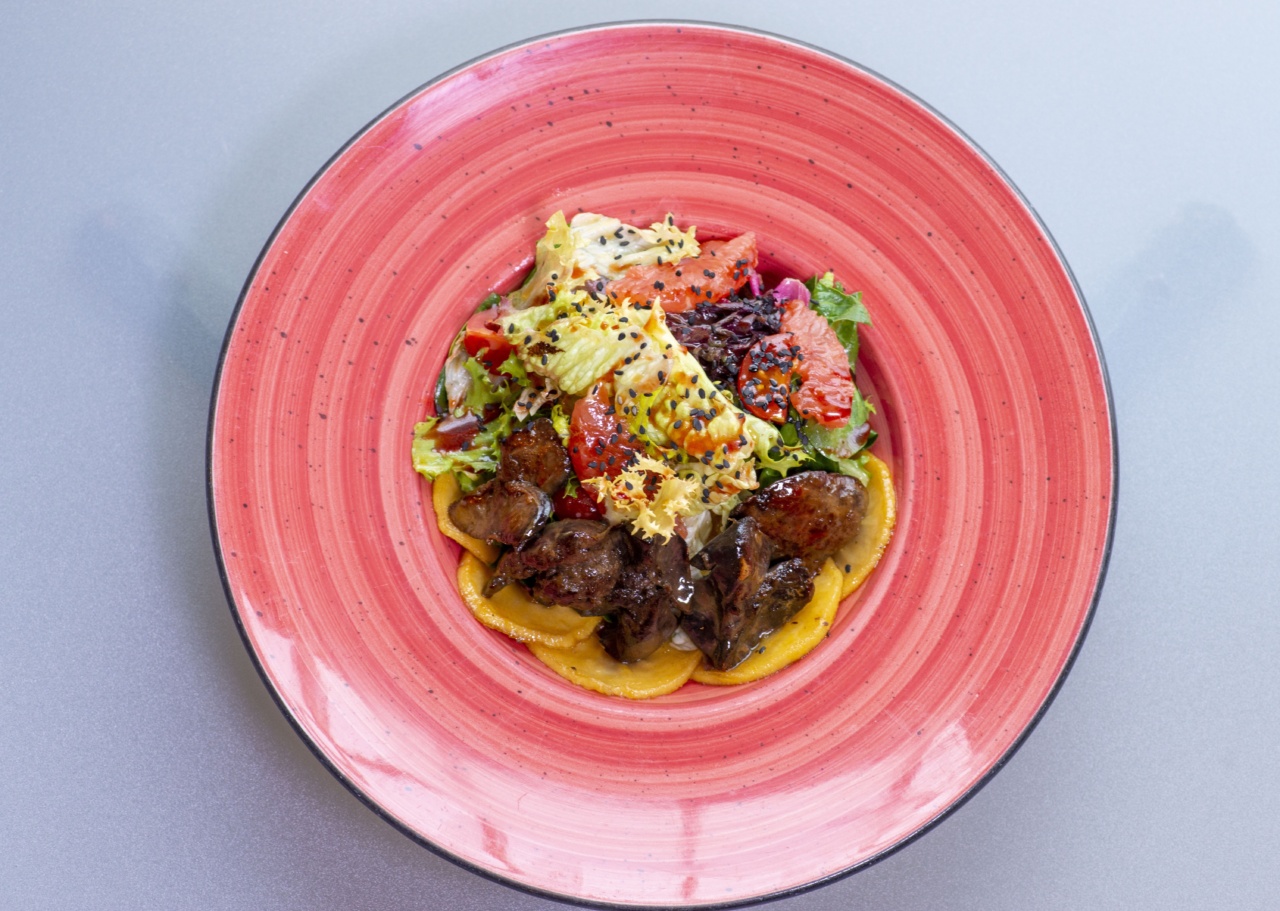Liver disease is a serious health concern that affects millions of people worldwide.
There are several factors that can contribute to the development of liver disease, including poor diet, excessive alcohol consumption, viral infections, and genetic factors. In recent years, there has been growing interest in the potential link between red meat consumption and the risk of liver disease.
This article will explore the connection between red meat and liver disease, and provide a comprehensive understanding of the topic.
What is red meat?
Red meat refers to meat that is obtained from mammals, such as beef, pork, and lamb. It is characterized by its red color when raw and its high protein content.
Red meat is a popular food choice for many people due to its taste, versatility, and nutritional value. However, excessive consumption of red meat has been associated with various health issues, including heart disease, cancer, and liver disease.
The role of red meat in liver disease
Research suggests that consuming excessive amounts of red meat may increase the risk of developing liver disease. One of the main reasons is the high content of saturated fat found in red meat.
Saturated fat is known to contribute to the accumulation of fat in the liver, which can lead to the development of non-alcoholic fatty liver disease (NAFLD).
NAFLD is a condition characterized by the buildup of fat in the liver, which can cause inflammation and scarring.
If left untreated, NAFLD can progress to more severe forms of liver disease, such as non-alcoholic steatohepatitis (NASH), cirrhosis, and even liver cancer. Studies have shown that individuals who consume large amounts of red meat are more likely to develop NAFLD compared to those who consume it in moderation.
High iron content in red meat
Another potential reason for the connection between red meat consumption and liver disease is the high iron content in red meat. Iron is an essential mineral that is necessary for various bodily functions.
However, excessive iron accumulation in the liver can lead to oxidative stress and liver damage. Some studies have found a correlation between high iron levels and the risk of liver disease, suggesting that the iron content in red meat may contribute to the development of liver disease.
Inflammatory response
In addition to its high saturated fat and iron content, red meat is also known to trigger an inflammatory response in the body. Chronic inflammation has been linked to the development and progression of liver disease.
When consumed in large amounts, red meat can increase inflammatory markers in the body, which can contribute to liver inflammation, fibrosis, and ultimately liver disease.
Processed meat and liver disease
While red meat has been associated with an increased risk of liver disease, processed meats are of particular concern. Processed meats refer to meat products that have been preserved by smoking, curing, salting, or adding preservatives.
Examples include bacon, sausages, hot dogs, and deli meats. These products often contain high levels of sodium, nitrates, and other additives, which can further contribute to liver damage and increase the risk of liver disease.
Red meat in a balanced diet
It is important to note that consuming red meat in moderation as part of a balanced diet is unlikely to have a significant impact on liver health. Red meat can provide essential nutrients such as iron, zinc, vitamin B12, and protein.
However, it is recommended to choose lean cuts of red meat, trim off visible fat, and avoid processed meats to minimize the potential risks associated with excessive red meat consumption.
The importance of a healthy lifestyle
While the connection between red meat and liver disease is an area of ongoing research, it is clear that a healthy lifestyle plays a crucial role in maintaining liver health.
Alongside a balanced diet, it is essential to engage in regular physical activity, maintain a healthy weight, limit alcohol consumption, and avoid smoking. These lifestyle factors can significantly reduce the risk of liver disease, regardless of red meat consumption.
Conclusion
In summary, while the direct link between red meat consumption and liver disease is still being studied, there is evidence to suggest that excessive consumption of red meat, particularly processed meats, may increase the risk of liver disease.
The high content of saturated fat, iron, and potential inflammatory response are some of the factors that may contribute to liver damage. However, it is worth noting that moderate consumption of lean red meat as part of a balanced diet is unlikely to have a significant detrimental effect on liver health.
As with any aspect of diet and health, moderation and overall healthy lifestyle choices remain essential.































